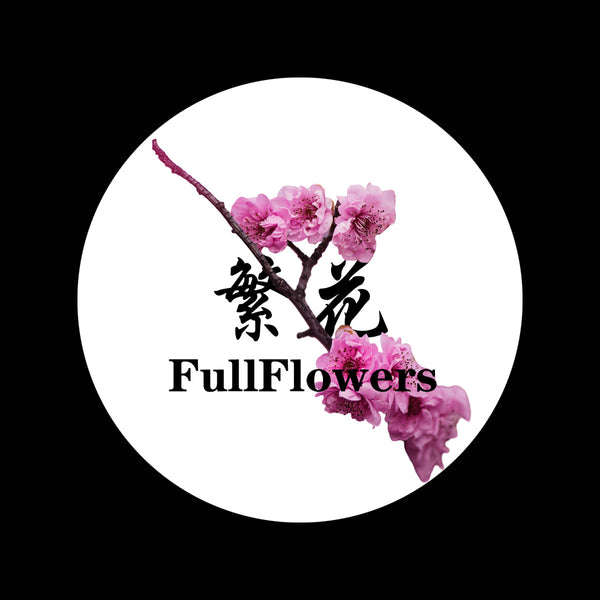
Summary and Preface
Share
Summary
Ronghua(Velvet Flowers) are traditional handcrafted ornaments made from materials like silk and copper wire. They flourished during the Ming and Qing Dynasties and were beloved by the general public. Due to their unique production methods, they cannot be mass-produced by machines and have been designated as an intangible cultural heritage of Jiangsu Province.
The first chapter of this book explains the basic knowledge of making Ronghua(Velvet Flowers), including their origin, materials and tools, how to dye silk, how to process copper wire, and basic techniques for organizing silk. The second chapter covers the methods for creating five basic flower and leaf shapes: five-petaled flowers, acacia flowers, long leaves, round leaves, and spherical shapes. The third chapter details the creation of five traditional Ronghua(Velvet Flowers) designs: side hair flowers, Forbidden City-style chrysanthemums, Forbidden City-style fortune and longevity flowers, Forbidden City-style flower rows, and Forbidden City-style ribbon birds. The fourth chapter explains how to make seven realistic flower types: plum blossoms, wintersweet, daffodils, lotuses, star anise, edelweiss, and bamboo leaves. The fifth chapter covers the creation of four velvet animals: butterflies, bees, dragonflies, and phoenixes. The sixth chapter demonstrates different uses for Ronghua(Velvet Flowers) based on the designs from the previous chapters.
This book is suitable for craft enthusiasts who are interested in Ronghua(Velvet Flowers), traditional Chinese accessories, and Hanfu (traditional Chinese clothing) accessories.
Book author:雪胖
Preface
In ancient times, because fresh flowers were short-lived, people not only used natural flowers but also created artificial ones, known as "simulated flowers," from various materials such as silk, gauze, velvet, tongcao (a type of pith), gemstones, and pearls. Ronghua(Velvet Flowers), made from silk and copper wire, emerged among the common people during the late Ming and early Qing Dynasties, featuring strong folk and regional characteristics. The homophony between "velvet flower" and "glory" symbolizes prosperity and aligns with Chinese auspicious culture. Therefore, Ronghua(Velvet Flowers) were widely loved by women, who expressed their optimistic life philosophy and yearning for a happy life by wearing them.
Under the dual pressures of modern industry and artificial flower art, this traditional craft quickly faded from public memory. However, some master artisans remained dedicated, hoping to pass down this skill. Special thanks go to teachers Zhao Shuxian of the Southern School and Cai Zhiwei of the Northern School, as well as other master craftsmen. Their perseverance has allowed enthusiasts like myself to access resources, conduct experiments, and create new works. We stand on the shoulders of giants!
This book is not a rigorous research text, nor am I a professionally trained velvet flower artisan. However, the many flower designs in this book are the result of my extensive efforts and accumulated experience. This book serves as a reference guide for beginners interested in Ronghua(Velvet Flowers). There are currently few books that explain the making of Ronghua(Velvet Flowers), and many people are curious about how the various styles are created. This book aims to address those questions.
Due to the tight writing schedule, errors and flaws are inevitable. I ask for readers' understanding. Finally, I would like to thank my friends who helped with the photos in this book and my mentor, He Hang, who introduced me to the art of velvet flower making. Without your support and encouragement, this book would not have been possible. I hope it brings a unique experience and benefits to readers and craft enthusiasts.
He Yan
Monday, April 5, 2021








